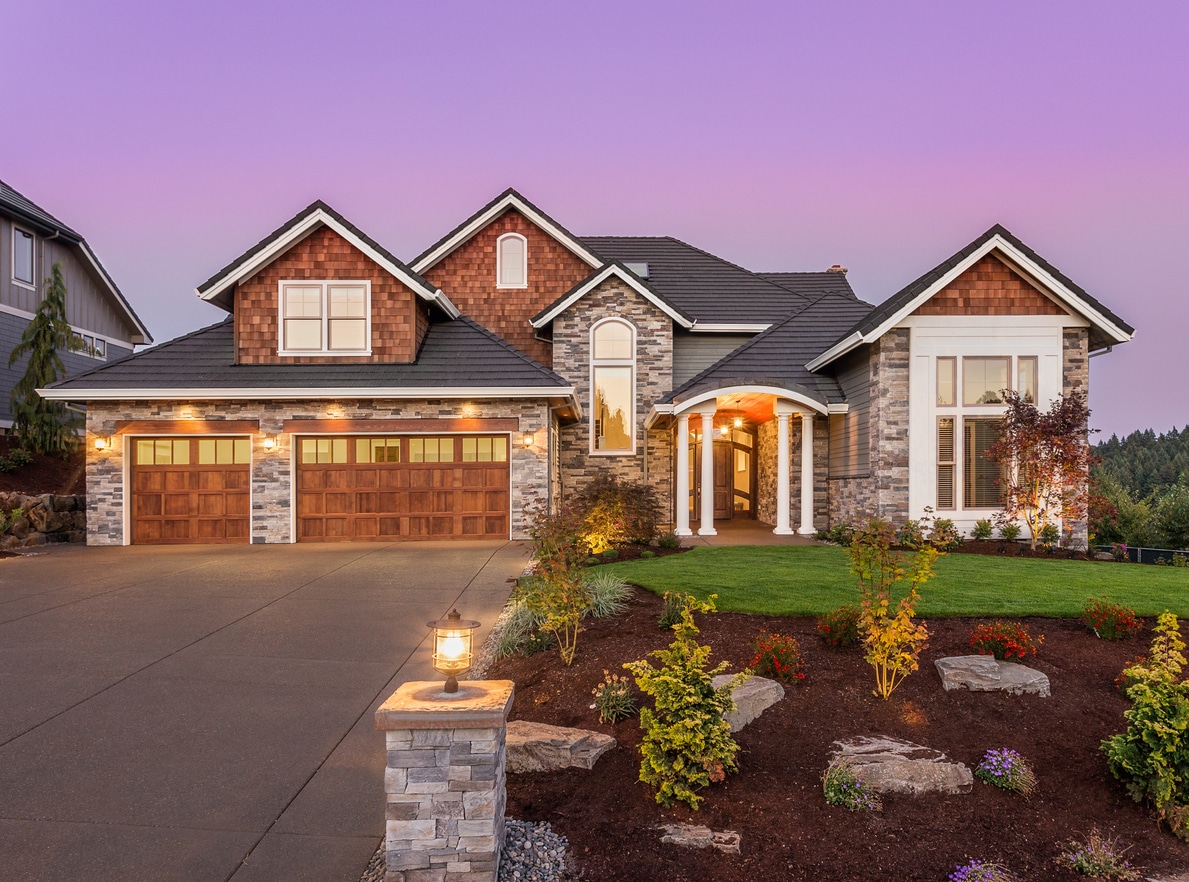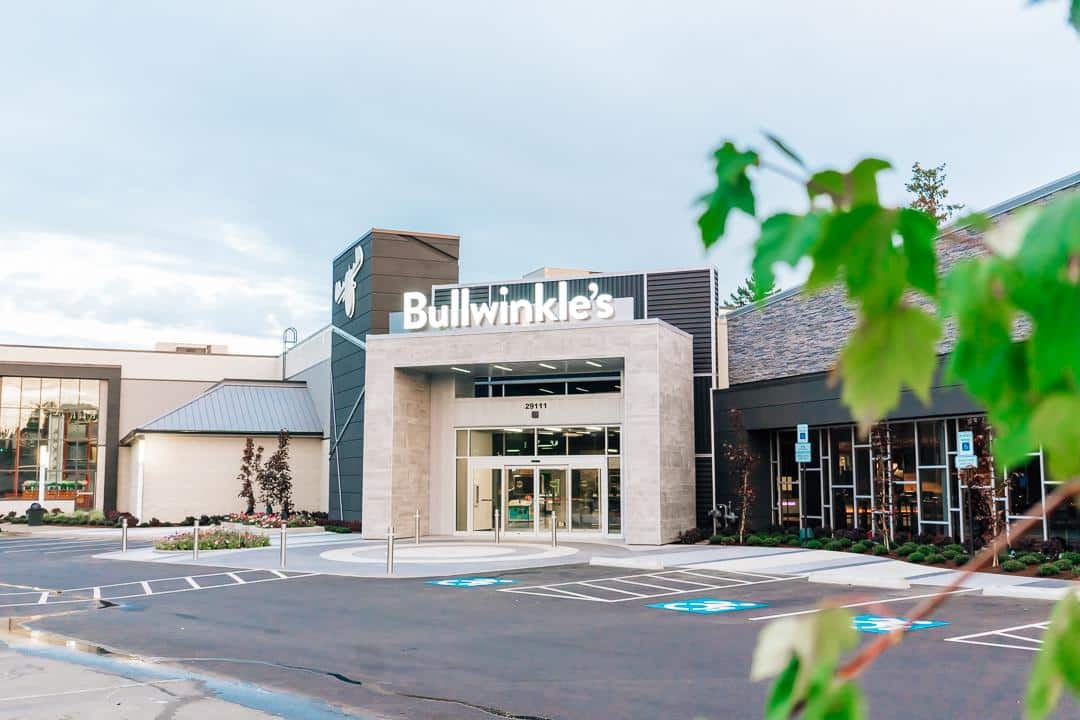Top 5 Home Siding Types & Repair Methods

Have you checked your home siding lately? Repairing or replacing siding is a common home maintenance requirement, and something buyers will be looking at when they tour your home. Here’s our guide to the best products and fixes for home siding.
Portland’s Top Siding Materials
1. Fiber Cement
Sustainable, highly customizable and durable, fiber cement is a very popular siding material among Portland builders and homeowners. Although it ranks among the most expensive for material and installation, low maintenance costs over time can help offset the upfront cost. In addition, return on investment is higher for fiber cement than vinyl, according to Remodeling Magazine. Fiber cement is made from a mixture of wood fiber, sand, clay, and Portland cement, and it does a better job than vinyl at mimicking wood textures. Like vinyl, it comes in many different formats, from horizontal or vertical boards to shingles in various shapes, sizes and textures. For durability, it’s top-notch, with a lifespan of up to 40 years (as long as regular maintenance is performed).
2. Wood
Everyone loves the look of real wood, which is in the mid- to high-range for siding material prices, and needs to be repainted or treated every few years. Wood is also the most likely siding material to catch fire. On the other hand, wood is easy to install, holds up well against sun, rain and wind, and can last for 40 years or more if properly cared for. Engineered wood siding, made of wood chips bound together with resin, is more environmentally friendly than real wood. It also costs less and is easier to maintain, though with a shorter 30-40 year lifespan.
3. Metal
Metal siding may sound industrial, but it’s gaining popularity as a fashionable, weatherproof, long lasting material without the environmental impacts of wood or vinyl. In fact, in Iceland, where homes with metal sidings are referred to as “Ironclads”, the look has become iconic. In addition to traditional corrugated panels, metal siding comes in standing seam, box rib or flat panels and a variety of pre-coated colors. Its cost is comparable to vinyl and there’s virtually no maintenance for this material to last 50 years or more.
4. Vinyl & Insulated Vinyl
Though vinyl siding has a mixed reputation due to issues with environmental toxicity and durability, it’s still a popular low-cost option for siding a home. There’s virtually no maintenance needed for this siding, which will last 30-40 years in Portland’s mild climate. Insulated vinyl siding is more expensive, but has foam sheathing built in, boosting a home’s energy efficiency — which is rewarded under Portland’s Home Energy Score policy. If opting for vinyl siding, just be sure you work with a contractor who is trained and experienced in installing the product, because improper installation is the most common cause for problems with vinyl siding. Plus, trust us, modern installation of this product looks better than it did in the 90’s.
5. Manufactured Brick or Stone Veneer
Brick or stone is a classic siding material that is most cost effective in the form of a veneer, or a thin layer of manufactured stones glued to the side of the home. Home buyers go crazy over it — in fact, adding a partial stone veneer to the front of the home is one of the top remodels recommended for boosting curb appeal. However, stone or brick veneer is notorious for trapping moisture behind, even with correct installation. This can lead to rot and structural damage that can cost thousands to repair.
Notice Brick doesn’t make our list.
Typically speaking brick siding is a bad choice for homes in a humid climate like the Pacific Northwest. It tends to insulate well, but trap moisture.
Portland Homeowners’ Guide to Common Siding Repairs
Siding panels, boards or shingles are all vulnerable to damage of some kind, from coming loose to being hit by a neighbor’s baseball. Fortunately, most materials can be easily fixed up and made to look new again.
- Check for damage
If listing or buying a home for sale in Portland, it’s important to do a visual inspection of the siding, looking for areas that are sagging, loose or damaged. These could be indications that moisture has intruded behind the siding, which will require more extensive repairs.
2. Patch or replace?
Small holes, gaps or cracks in fiber cement siding can be patched with putty. Similarly, wood filler can be used for wood siding, then painted over. For larger repairs, however, it’s best to replace the entire board or boards.
3. Removing damaged siding
Most lap siding is nailed at the top, with the next piece above it covering the nailed part. Therefore, it will be necessary to pry up the board above the one you wish to remove in order to pull out the nails. For vinyl siding, a zip tool can be obtained at a local hardware store that will help separate the interlocking pieces. Look for a DIY guide or video to show you how to remove your specific type of siding.
4. Check for moisture intrusion
If the damage to the siding is new, it’s unlikely that much moisture has had a chance to get in and damage your walls. However, older damage to siding, or siding that was installed incorrectly, has a high likelihood of being more than a surface issue. A musty or moldy smell in the home is a good sign that your walls have moisture damage. When you remove damaged siding, check the sheathing underneath to see if it looks or feels wet. If the area is warped or soft, these are good signs that you need to replace the sheathing in addition to the siding.
5. Find replacement siding
Assuming all is good underneath, the next step is to obtain replacement boards or vinyl panels. Because vinyl doesn’t take paint well, the best thing is to find the same color panels to replace it. When repainting siding, keep in mind that your original color house paint will not match the current color of the house, because of fading over time.
6. Install replacement siding
When installing multiple rows of lap siding, always work from the bottom up, closely following the overlapping distance of the next piece of siding over. Maintain gaps around abutting trim at corners, windows, doors, etc. Follow the nailing specifications for your type of siding — vinyl should not be nailed down too tightly, for example.
All done with siding and ready to sell your Portland home? Our top 1% real estate agents can help with unbeatable marketing and top rated satisfaction rankings. Check out our listing package.


